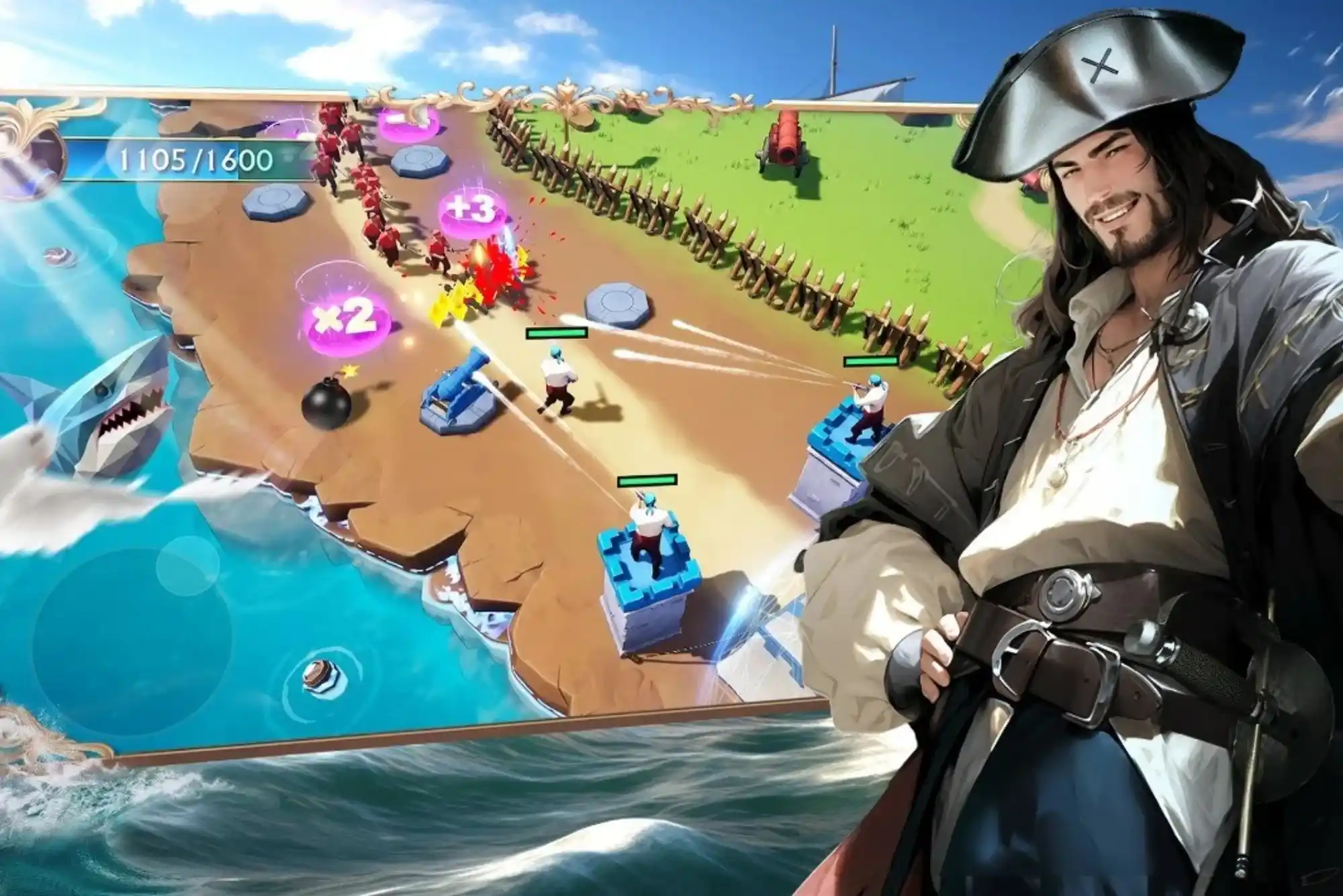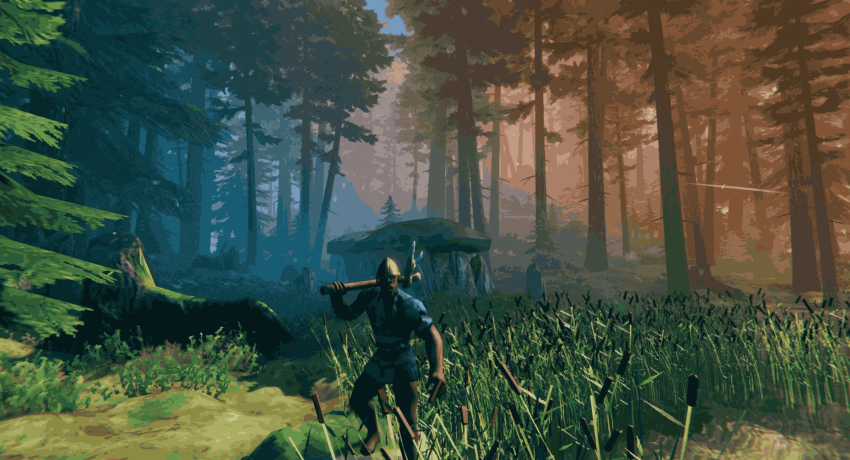Treasure hunt games are exciting adventures that blend problem-solving with exploration. They can be a fun activity for various occasions, providing a thrilling experience similar to survival games.
Preparing for the Game

Selecting a suitable location is the first step. Whether it’s a park, a backyard, or even indoors, ensure the area is safe and engaging. Next, choose a theme that can range from pirates to jungle explorers, adding an extra layer of immersion. Gather materials like maps, clues, and props to enhance the experience.
Creating Clues and Puzzles
Clues are the heart of a treasure hunt. They can be riddles, physical puzzles, or coded messages. To make it more challenging, incorporate elements from survival games such as tasks that require navigation skills or physical challenges. Ensure the clues are balanced in difficulty to keep the game engaging.
Creating Clues and Puzzles: A Detailed Guide
Puzzles and clues have been an essential part of entertainment and learning for centuries. Whether used in treasure hunts, escape rooms, educational games, or even as brain teasers, they challenge the mind and engage creativity. Creating effective and engaging puzzles requires a mix of logic, creativity, and understanding of your audience. Here, we’ll dive deep into the art of creating clues and puzzles, offering detailed tips and strategies for crafting memorable challenges.
1. Understanding the Purpose of Your Puzzle
Before you start creating, it’s essential to define the purpose of your puzzle:
Entertainment: If your puzzle is for fun, like in an escape room or a scavenger hunt, it should balance challenge and satisfaction. You want to engage participants without frustrating them too much.
Education: Puzzles in an educational setting should align with the learning objectives. For example, a math-based puzzle should enhance students’ numerical skills while keeping them engaged.
Problem-Solving: For a puzzle designed to develop problem-solving skills, the focus should be on pushing logical thinking while allowing creative approaches.
2. Types of Puzzles and Clues
To design a compelling puzzle, familiarize yourself with different puzzle types. This helps ensure a variety of challenges and keeps participants interested:
Word Puzzles
Anagrams: Rearranging letters to form new words (e.g., “Listen” → “Silent”).
Crosswords: Clues are given for horizontal and vertical words placed on a grid.
Riddles: Short, often poetic, questions with an ambiguous or clever answer.
Logic Puzzles
Sudoku: A grid-based number puzzle where numbers can’t repeat in rows, columns, or sections.
Pattern Recognition: Participants must identify or complete a pattern based on a given sequence.
Grid-Based Logic: Like those used in puzzle books, where the solver uses a grid and clues to deduce the solution (e.g., “Zebra” puzzles).
Physical Puzzles
Jigsaw Puzzles: Pieces of a picture or design must be assembled correctly.
Mechanical Puzzles: Hands-on objects (like a Rubik’s Cube) that must be manipulated to solve.
Mystery or Hidden Clues
Cipher Puzzles: A coded message that must be deciphered to reveal the answer. Ciphers like Caesar shifts or more complex methods like Vigenère cipher can be used.
Hidden Object Puzzles: Players must search for clues or pieces hidden in a scene or among distracting items.
Metapuzzles: These are puzzles within puzzles, where solving individual clues leads to an overarching solution.
3. Crafting Engaging Clues
Clues are an essential part of puzzles, guiding participants toward the solution while maintaining a sense of challenge. Good clues should be clear but not too obvious. Here’s how to design them effectively:
Gradual Hints
For difficult puzzles, offer a tiered system of hints. The first hint can be subtle, while the final hint might be more explicit. This allows participants to try solving the puzzle independently before getting too much help.
Incorporate Wordplay
Use puns, metaphors, and double meanings to create engaging clues. For example, a riddle might be: “I speak without a mouth and hear without ears. I have no body, but I come alive with the wind.” The answer, in this case, is “echo.”
Use Visuals and Symbols
Visual clues, such as diagrams or symbols, add variety to your puzzle. For example, using a clock face with certain numbers highlighted can create an intriguing code for participants to crack.
Play on Familiarity
Incorporating cultural references, historical facts, or common sayings can make the puzzle more relatable. Just be mindful that your audience shares the same background or knowledge base to avoid frustration.
4. Puzzle Difficulty and Balance
Ensuring the right level of difficulty is critical for keeping participants engaged. A puzzle that’s too easy will quickly lose its appeal, while one that’s too hard will lead to frustration.
Scaling Difficulty
If you’re creating a series of puzzles, scale the difficulty gradually. Start with simpler puzzles to build confidence, and increase the challenge as the player progresses.
Trial and Error
Always test your puzzles with a small group first. Gauge their reactions—if they solve it too quickly, you may need to make it more complex; if they struggle too much, the puzzle might need simplification.
Rewarding Solutions
The solution to a puzzle should feel rewarding. Whether it’s unlocking the next clue, advancing in the story, or simply feeling smart for solving it, the player should experience a satisfying “aha!” moment.
5. Creating Theme-Based Puzzles
Themes make puzzles more immersive. Whether it’s a medieval treasure hunt, a sci-fi escape room, or a historical murder mystery, aligning your puzzles with the overall theme will make the experience more engaging.
Thematic Clues
In a treasure hunt with a pirate theme, clues could include old maps, compass readings, and maritime symbols. For a science-fiction theme, futuristic technology, star maps, and alien languages could serve as clues.
Story Integration
Puzzles can advance the storyline. In a murder mystery game, for instance, each clue could reveal another piece of the crime, gradually guiding participants toward the culprit.
Props and Immersive Elements
Incorporate physical props to enhance the puzzle experience. For example, a cipher key hidden in an antique book, or a UV light to reveal hidden messages written with invisible ink, can add layers of intrigue.
6. Interactive and Group Puzzles
For larger group settings, puzzles that require collaboration are particularly effective. Interactive puzzles foster teamwork and communication, which is essential in settings like escape rooms.
Multi-Step Puzzles
A puzzle that requires several smaller tasks to complete encourages group participation. For instance, solving multiple riddles to unlock a chest, where the final key is hidden, can bring players together to contribute their strengths.
Divide and Conquer
Some puzzles can be designed where different players hold pieces of information, forcing them to work together to reach the solution.
7. Innovative Puzzle Creation Tools
Many modern puzzle creators use technology to enhance their games:
Escape Room Props: Digitally-locked chests or doors that only open after solving a sequence of clues can bring a high-tech element to puzzles.
Mobile Puzzle Games: Apps can be developed to incorporate clues, GPS-based scavenger hunts, or augmented reality (AR) elements to bring the puzzle to life.
Creating puzzles and clues is an art that requires both creativity and logic. Whether you’re designing a complex escape room, an educational game, or a simple riddle, understanding your audience and the puzzle’s purpose is key. By mixing different puzzle types, carefully crafting clues, and scaling the difficulty appropriately, you can create an engaging and memorable experience for players. Don’t forget to test your puzzles and make sure they provide that perfect balance of challenge and reward—because there’s nothing quite like the satisfaction of cracking a well-crafted puzzle!
Setting Up the Treasure
Select a treasure that suits your theme and players. It could be anything from candy to a trophy. Hide the treasure in a clever spot and create a map or a series of clues leading to it. The hiding spot should be challenging but not impossible to find.
Rules and Guidelines
Clear rules are essential for a smooth game. Define how teams will operate, the boundaries of the playing area, and any safety considerations. Set a time limit to keep the game exciting and establish conditions for winning, such as the first team to find the treasure or solving all clues.
Playing the Game
Begin the hunt by distributing the first clue. Encourage team collaboration and strategic thinking, reminiscent of survival games. Monitor the game to ensure fairness and provide hints if necessary. The key is to maintain excitement and engagement throughout the hunt.
Post-Game Activities

After the treasure is found, celebrate the winners with rewards. Gather all participants to review the game, discussing what they enjoyed and areas for improvement. Use their feedback to plan even better treasure hunts in the future.
Treasure hunt games offer a dynamic and fun-filled experience, perfect for fans of survival games. By following this guide, you can create an unforgettable adventure that combines the thrill of a hunt with the strategic elements of survival games.
Entertainment
Treasure hunts provide a unique form of Entertainment that blends excitement, teamwork, and creativity. They engage participants in a way that traditional games often cannot, offering a blend of mental and physical challenges that appeal to a wide audience. The thrill of deciphering clues, the joy of discovery, and the competitive spirit of racing to the finish make treasure hunts a popular choice for parties, team-building exercises, and casual get-togethers. Moreover, their adaptability to different themes and settings ensures that each game is a fresh and exhilarating experience, keeping players entertained and eager for more.










